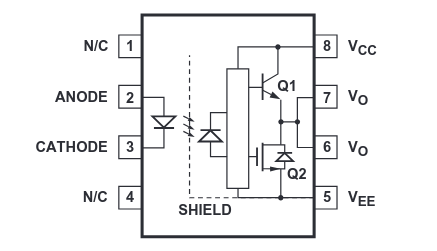If something is POSIX compliant then it’s very likely to work on any Linux, BSD or the like; and probably very easy to port to windows. It’s a sign that the developer is willing to go the extra mile to make users’ lives easier.
N.B. “POSIX compliance” is not just considered in black or white terms, it’s also done in degrees. There are many things that have never formally been changed or been specified in POSIX but informally things have evolved. By attempting any level of compliance (or a similar equivalent) you tend to be doing better than most software.












https://www.abc.net.au/news/2025-10-03/melbourne-water-flood-mapping-yarra-darebin-council-outrage/105847310